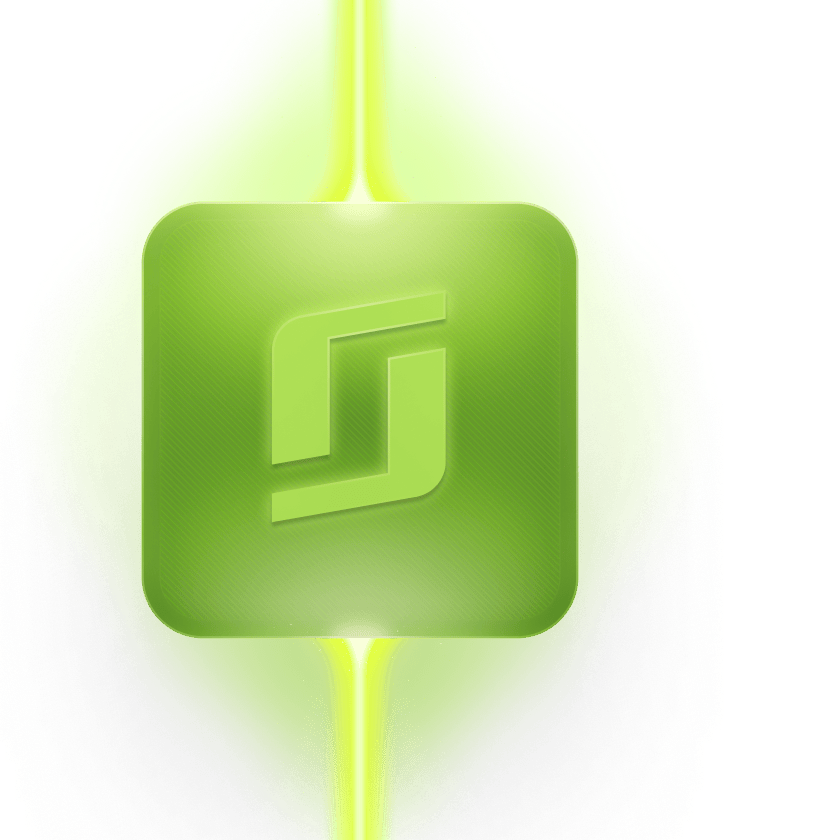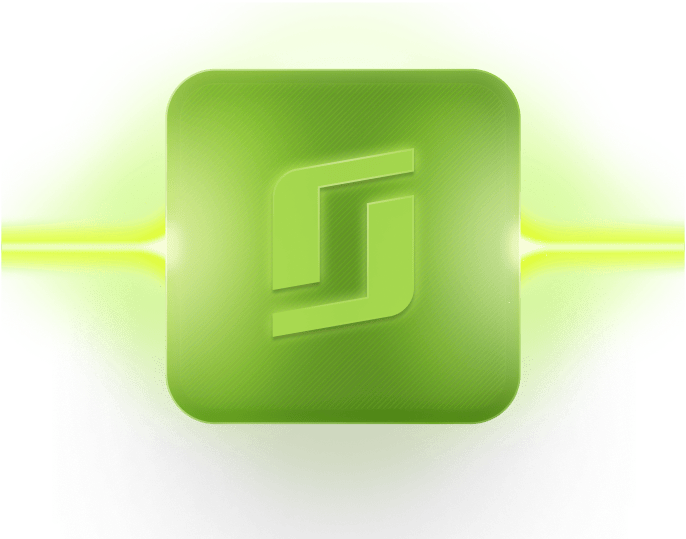What is revenue management software?
Revenue management software is a digital tool designed for the hospitality industry to optimise room rates based on predicted demand. It uses data analytics to forecast hotel room demand, allowing hoteliers to adjust prices accordingly to maximise revenue. This dynamic pricing strategy takes into account various factors, such as seasonal demand, local events, competitor prices, and historical data, to set the optimal room rate at any given time.
The primary goal of revenue management software is to sell the right room to the right customer at the right time for the right price. By doing so, it helps hotels increase their Revenue Per Available Room (RevPAR) and overall profitability. In an industry where room rates can fluctuate frequently based on external and internal factors, having a software that can quickly and accurately adjust prices can be a game-changer.
Choosing the right revenue management software, like SiteMinder, can be a transformative decision for a hotel’s bottom line. This page will guide you through the essential considerations when evaluating potential technology partners, ensuring you make a choice that aligns with your hotel’s needs and goals.
Table of contents
Why do you need revenue management software for your hotel?
Revenue management software is an indispensable tool for modern hotels, streamlining various crucial aspects of hotel operations. By analysing factors like market demand, competitor prices, and local events, the software optimises room pricing, ensuring neither underpricing nor overpricing. It offers real-time updates to adapt to the dynamic nature of the hotel industry and integrates seamlessly with other hotel systems, creating a unified operational platform.
Furthermore, it aids in forecasting future room demand, efficiently managing inventory across distribution channels, and providing in-depth performance analytics. This not only enhances the guest experience by anticipating busy periods but also significantly boosts profitability.
In a competitive landscape, such software not only automates manual tasks, reducing errors, but also ensures hotels stay ahead of their competitors by quickly responding to market changes.
If you’ve decided to purchase hotel revenue management software, you’ve really only started your journey. Understanding what the software is and the benefits it provides is the easy part. Now you’ve covered that, there is plenty to do in regards to making a final purchase decision.
Choosing the best provider for your individual property and business case means a lot of research is required to sift through the many options on the market.
We could tell you the obvious course of action is to move forward with an established industry leader like SiteMinder but no one should make a blind choice when investing in such critical software that’s going to impact the success of a business.
Example of a revenue management software solution
There is no shortage of hotel revenue management software that could suit your needs. Some will present very similar offerings, while others will work in more specialised or niche territory.
For example, some will be based largely around rate setting and some may focus specifically on revenue strategies related to food and beverage services. It’s a broad sector of hotel technology, meaning you have to be especially clear about what you want and what results you expect from a provider.
An easy example to give is SiteMinder’s hotel business intelligence software, which enables you to understand the local market and your competitors, and set rates to deliver the maximum amount of revenue to your property. This is regarded as a rate shopping and market intelligence tool.
SiteMinder has decades of industry experience and more than 47,000 hotel customers, pioneering some of the most powerful hotel technology solutions that exist today.
Maximise your property's revenue potential with SiteMinder
SiteMinder's powerful channel manager ensures your property is visible in over 450 distribution channels including the GDS.
Learn more
Types of hotel revenue management software
Revenue management software solutions consist of a broad range of products. They can serve many different purposes and be suited to a whole spectrum of properties, including:
- Tools targeted towards smaller, independent, hotels
- Tools targeted towards larger, enterprise, groups
- Specialised services for accounting and financial management
- Tools that specialise in food and beverage management
- Tools that focus on room pricing etc
That’s why it’s very important to clearly understand what you want for your property. You don’t want to make the mistake of using the wrong tool or buying one that doesn’t include all functions you need.
Generally speaking, hotel revenue management software can be placed into two groups:
- Standalone: All-in-one revenue management solutions offer features like forecasting, pricing and reporting, and are built to handle large inventories and dynamic pricing complexities. This type of RMS can be particularly useful for large chains and resorts, or properties that offer (relatively complex) package deals.
- Integrated: An integrated revenue management software solution connects seamlessly to existing hotel software, allowing it to provide additional features and functionalities. This type is most commonly used by smaller properties who don’t need the analytical power of a standalone RMS, and can benefit from the extra efficiency and flexibility that an integrated solution can offer.
Some of the most useful RMS tools are focused on rate shopping. If you can set your prices accurately to maximise revenue and profit, it gives you a lot more freedom to manage revenue across the rest of your business.
Reports generated by revenue management software
RMS solutions are capable of generating a wealth of different reports, with each providing insight into the fiscal state of play within your hotel. Examples include:
- Revenue performance reports: Track revenue against your forecasts, budgets and historic data, breaking data down by time, segment, channel or product.
- Demand and booking reports: Identify current and future trends around bookings, cancellations, and no-shows to better anticipate fluctuations in demand.
- Pricing and rate reports: Compare your current prices with competitor rates to identify opportunities and craft strategic pricing that gives you an edge.
- Occupancy and availability reports: Understand your current and projected occupancy levels, room availability over specific periods, and potential oversell risks.
- Segment and channel reports: Analyse revenue by customer segment (e.g. business vs leisure) or distribution channel (e.g. Direct vs OTA vs GDS).
- Forecasting reports: Predict future demand, revenue, and occupancy based on historic data and current booking trends.
- Performance KPIs: Track key metrics like RevPAR, ADR, TRevPAR and GOPPAR to ensure they’re moving in the right direction over time.
Benefits of having a revenue management software in your hotel
The best revenue management software is capable of delivering a wealth of (very literal) value to your hotel. Here are just some of the most compelling perks that come with the implementation of pricing and revenue management software.
Increased revenue
By predicting demand and optimising pricing, the best hotel revenue management software helps you to maximise both occupancy and room rates, which in turn maximises revenue.
Dynamic pricing
Dynamic pricing ensures that your room rates always reflect demand, increasing when demand is high to maximise revenue during peak periods, and decreasing when demand is low to maximise occupancy during lulls.
Better decision-making
Revenue growth management software drives data-driven decision making. There’s no need to rely on instincts or gut-feel–more often than not ,your answer can be found by analysing the data.
Integration support
The best revenue management software companies will ensure your RMS connects seamlessly to your current hotel tech stack, which will allow you to generate deeper insights and set up all manner of time-saving automations.
Better guest experience
By implementing revenue management software, hotels can ultimately enhance their guest experience by offering loyal guests consistently fair and transparent pricing.
Revenue management software pricing
Price will obviously vary based on the type of tool you’re looking at. In the case of tools based around market intelligence and rate shopping, price will be very reasonable.
Look for providers who offer a flexible pricing model. This means no lock-in contract or commissions. The preferred way of paying is by set monthly fee.
You can always move to a contract later if you want a discounted price and are happy with the service.
Commonly, the amount you pay each month will depend on the size of your property. The more rooms you have, the higher your fee will be. However the price will remain pretty static for hotels with less than 70 rooms. See a pricing example for your property.
Comparing free hotel revenue management software companies
Before deciding on the right RMS for your property, it’s important to weigh your options against relevant criteria. You can use review sites such as Hotel Tech Report to perform your competitive analysis. On Hotel Tech Report you’ll be able to see scores and user ratings for factors such as:
- Ease of use
- Range of functions
- ROI
- Customer support
- Implementation process
- Integration
- Price
Additionally, you can view full customer reviews and recommendations from hoteliers just like you to gain real-life user insight.
Social media pages such as Facebook provide another medium to check whether an RMS provider could be a good fit for your business. Do they interact with their audience? How many followers do they have? Are there positive reactions to their content? All of this can serve to help inform your decision.
How to find the best hotel revenue management software
Your RMS provider shouldn’t just unlock and analyse large amounts of market data for your hotel, it should also make the information digestible, and therefore actionable.
Before you make your investment, ensure your tool has these features:
All-day visibility of local supply and demand
Your chosen RMS should be able to continuously monitor shifts in demand and competitor availability throughout the day, then respond with timely pricing advice or decisions. You should have the option of allowing the RMS to change rates automatically while receiving pricing notifications.
Compare room rates with competitors in one view
You should be able to view your pricing alongside multiple competitors in a single dashboard. This provides perfect transparency in terms of where you sit in the market at any given moment, and powers fast benchmarking and better strategic alignment.
Know local market pricing up to one year in advance
Find an RMS solution that allows you to access forward-looking data on market rates and trends to support long-term pricing and inventory planning.
Unlimited rate shopping
There shouldn’t be any limit on how much market research you can do, so avoid subscription revenue management software that impose rate shopping limits. Let your team conduct checks of competitor pricing across dates, room types and channels without any restrictions.
Exportable reports
Pick an RMS that allows you to download detailed performance, pricing and forecast reports in whatever format you choose, so that insights are easily shared with and analysed by your entire team.
Rate strategy rule creation
Look for RMS tools that allow you to build custom rules when automating pricing responses. These rules can be based on predefined triggers like levels of occupancy and demand, or changes in competitor pricing.
Constant access to the latest market information
The best RMS tools will serve up real-time market insights in a visual and accessible form, to ensure you’re always offering the most competitive rate for your rooms.
Analysis of how your property is performing online
Another important RMS feature allows you to see your rates as your guests see them. By analysing relevant listings across leading global OTAs, you get a clear picture of where your hotel offering sits against your competitors.
Alerts and preset rules
Automation is a key feature of leading revenue management tools. You should be able to set up notifications that inform you of key market developments, and you should be able to set rules that trigger automatic actions, e.g. if a set of competitors increases their rates by 20% for certain dates, your prices rise too.
Direct booking functionality
The purpose of a revenue management solution is to make your hotel more money, so the best will offer a direct booking engine that allows you to avoid the sky-high commission fees – usually 15-25% – that you’re forced to pay to OTAs and third-party booking sites.
How to improve your cash flow using hotel revenue management software
Amidst the constant work of managing a hotel day-to-day, being bogged down by data might seem like the last thing you want to do. But with the right tools and know-how, it can be out of the most beneficial updates you can make in your daily operations.
By analysing the facts and figures across your hotel operations, you’ll be able to find plenty of opportunities to grow your revenue stream and further the success of your business. Often it can only take a small tweak to have a big impact on your annual revenue.
To help raise your bottom line, practice these data strategies at your hotel to maximize your revenue potential:
1. Re-evaluate your revenue channels
When it comes to your hotel distribution channels, it may seem like your “golden goose” is the channel that drives the most demand and highest number of bookings.
However, to truly understand which channels are your most valuable, you need to look at them from a net revenue perspective. This means you need to ask how much profit you’re actually generating from each channel after deducting the associated overhead costs of running them.
If you find that your most profitable channel is actually the one you place less focus on, you get an opportunity to grow the demand for it. This allows you to lower your cost per booking ratio to ultimately improve your overall profitability day-to-day.
2. Balance the pros and cons of channels over time
It’s important to constantly track the performance of marketing and distribution channels. While one strategy may have worked perfectly two years ago, you need to investigate if it’s still giving you the same benefit today. Perhaps the spend has gone up, while the revenue has gone down.
On the other hand, some channels may have added benefits like brand awareness that counteract a lack of revenue creation, and are still very useful. An example is holiday deal sites that you might advertise on. The rate is going to be low and the commission is likely to be high, but the exposure will also be significant. In this instance you would have to weigh whether it’s worth it for your brand to be on such websites, and for how long.
3. Use your hotel guest data to optimise your offering
The insights you can gain from each guest that stays at your hotel are invaluable. If you can detect trends in your customer base e.g., what their preferences are, how long they typically stay, their purpose of travel etc. you can start to meaningfully shape a successful marketing and distribution strategy.
From here, you’ll be able to identify any superfluous strategies and replace them with a more targeted approach, using tactics like emails or social media campaigns, to boost your conversion rates and improve your bottomline.
4. Use technology to your hotel’s advantage
A lot of the data you need to make informed decisions can be gleaned from the technology your hotel uses such as your channel manager or booking engine and website. Run reports and generate insights that you can act on almost immediately.
Of course, a revenue management system is one of the best solutions to keeping on top of your income, profits, and data. The right tool can ensure the revenue management at your hotel is down to a science and offers real-time automation.
One such tool is Pace, and CEO Jens Munch makes a pertinent statement about the state of hotel industry today:
“Many industries, including travel, still suffer today from low quality data hidden away in proprietary systems. However, there’s a trend emerging with modern cloud providers to alleviate those problems by enabling connectivity layers for their customer’s data. This lets solutions like us democratise our services and give hoteliers better access to state-of-the-art revenue management.”
Pace, and other machine learning services, generate significant optimisations and competitive advantages for their customers, and should be a serious consideration for any hotel wanting to boost their revenue.

